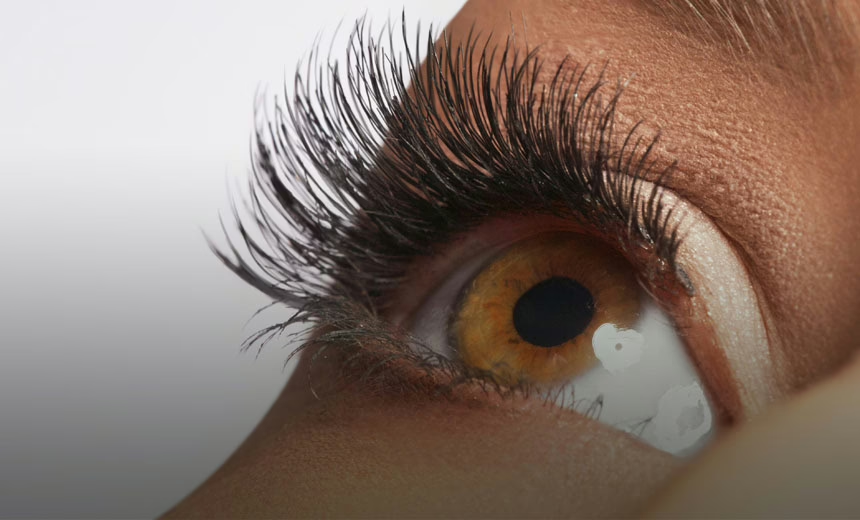"*" indicates required fields
The eyelashes
26/08/2017

The role of the eyelashes
The fine hairs that grow at the eyelid perform several functions. Even though they are often regarded as an emphasis of beauty, their primary function is to protect the eyes from small particles such as dust, sand or debris from entering and harming the eye.
Their secondary function is to provide a danger warning. Highly sensitive to touch, they provide a warning that an object may be too close to the eye. In this regard, they perform a similar function to whiskers on many animals, including cats and dogs. So, you can think of the eyelashes as the protective ‘gatekeeper’ of the eye.
How do eyelashes grow?
The eyelashes of the embryo develop between the 22nd and 26th week of pregnancy. Later in life, they can take around 7 to 8 weeks to grow back if they are pulled out.
Eyelash health
While eyelashes may seem to be less complex than the eye itself, there are a number of health problems associated with eyelashes.
- Blepharitis (Blephars is Greek for eyelash): an irritation of the lid area, where eyelashes join the eyelid. When the eyelids are red, itchy and the skin becomes flaky, the eyelashes may fall out.
- Madarosis: the loss of eyelashes.
- Trichiasis: ingrown eyelashes.
- Distichiasis: abnormal growth of lashes in a specific area of the eyelid.
- Parasites: eyelashes can become infected with a parasitic crab louse.
- Stye (or external hordeolum): a purulent inflammation of infected eyelash follicles, surrounding sebaceous glands of the lid margin.
- Demodex (or Demodioc Folliculorum): this is a small mite that lives harmlessly in eyelashes and other hair follicles. Surprisingly, it’s estimated that 98% of people have these mites, although would be unaware of their presence.
- Trichotillomania: a disorder that urges the patient to pull out eyelashes, scalp hair or other hair on the body.
Conclusion
We may take eyelashes for granted, but they are very important for the proper function of the eye. So, the next time you put mascara on or stare in the mirror, give a thought to these fluttering little wonders.
The information on this page is general in nature. All medical and surgical procedures have potential benefits and risks. Consult your ophthalmologist for specific medical advice.
Date last reviewed: 2022-10-05 | Date for next review: 2024-10-05
